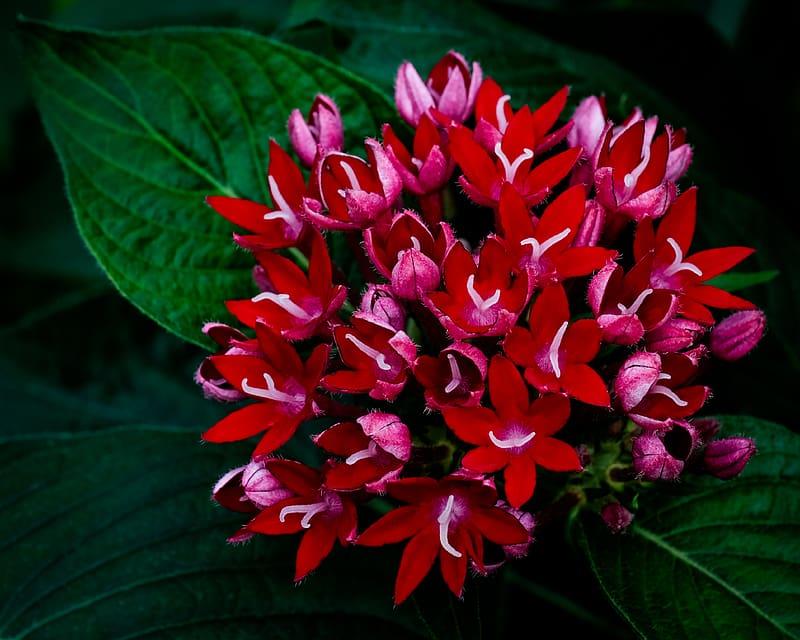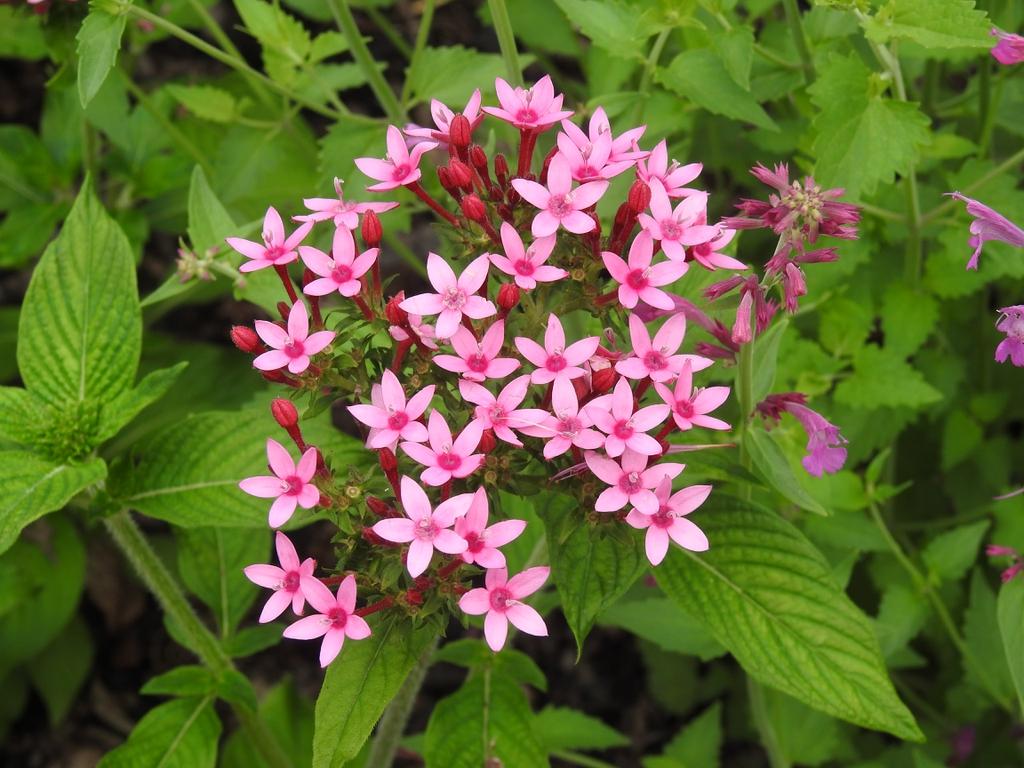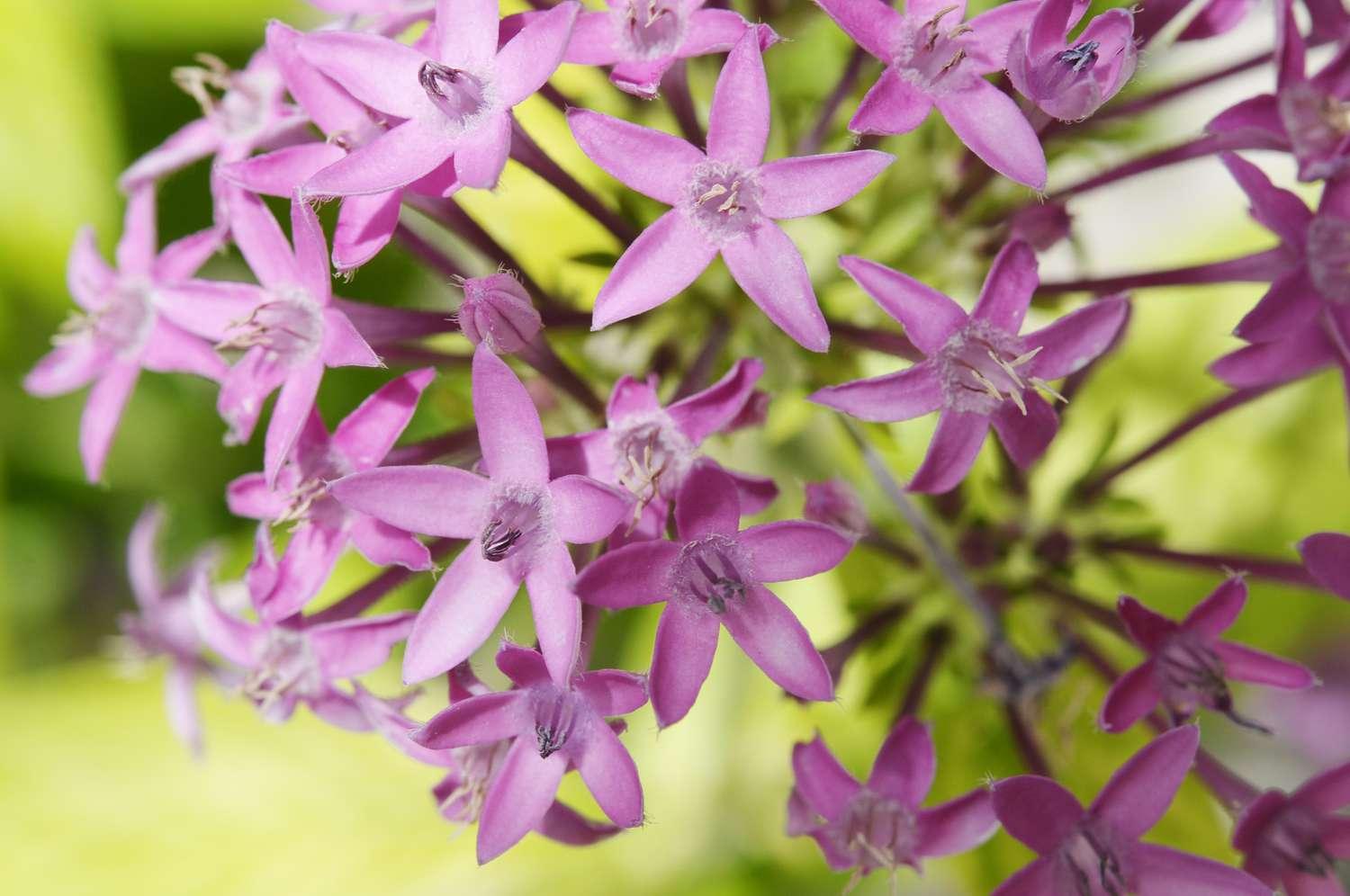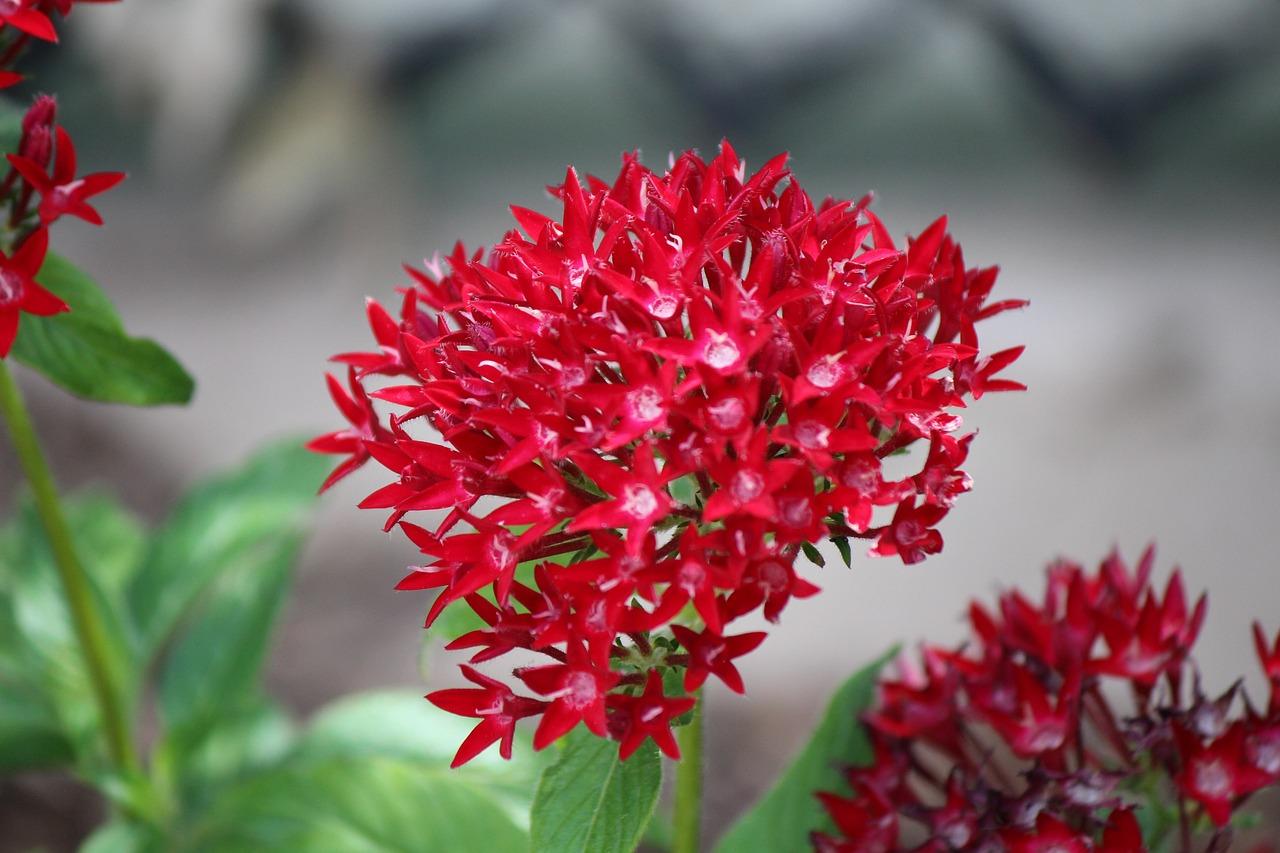Pentas lanceolata (Egyptian Star Flower) stands out as a garden favorite not just for its aesthetic appeal but also for its ecological role in attracting and sustaining wildlife. It’s a hardy plant that can be cultivated relatively easily, offering a generous flowering season and requiring only basic care. Its versatility in garden design, from traditional beds to contemporary containers, makes it adaptable to various landscape styles. By inviting Pentas lanceolata into your garden, you’re assured a lively, colorful, and buzzing environment that plays a part in the greater ecological tapestry.

Pentas lanceolata (Egyptian Star Flower) is a lush-looking, tropical, woody-based perennial or subshrub in its native habitat. It is usually grown as a summer bedding annual or as a houseplant in cooler areas. Its stems are topped by showy rounded clusters, 4 in. across (10 cm), of star-shaped flowers in shades of pink, red, lilac or white.

Native: Native to eastern Africa and the Arabian Peninsula, Pentas lanceolata thrives in warm, humid climates and has become a favorite among gardeners in similar zones worldwide.
Plant Type and Habit: This herbaceous perennial exhibits a semi-woody structure with a compact, mounded growth habit. It’s often grown as an annual in non-tropical regions.
Size: An average Pentas lanceolata plant can achieve a height of 2 to 3 feet (60-90 cm) with a similar spread, depending on its growing conditions. It can grow as large a 6 feet tall and wide (180 cm) in its native habitat.
Flowers: Its flowers are its hallmark, coming in red, pink, white, and purple hues. Each bloom forms a tight cluster that looks like a bouquet, particularly attractive to pollinators.
Bloom Time: As a perennial, the Egyptian Star Flower provides nearly year-round color. As an annual, it blooms continuously throughout the warm months, usually from early summer until the first frost.
Foliage: The foliage consists of pointed oval green leaves, up to 6 inches long (15 cm), adorned with prominent veins on their undersides. It provides a deep green backdrop for the vivid flowers.
Uses: Pentas is perfect for mass plantings, borders, containers, or as a houseplant. It’s also popular in butterfly gardens due to its allure for various pollinators. The blossoms are long-lasting as cut flowers.
Hardiness: It’s hardy in USDA zones 10-11 and grown as an annual in cooler zones.
Pollinators: This plant is a haven for bees, butterflies, and hummingbirds, providing nectar and habitat.
Toxicity: There are no significant toxicity concerns for pets or humans with Pentas lanceolata.
Deer and Rabbit: It has a degree of resistance to deer and rabbits, which may pass it over for less pungent-tasting plants.
Drought: While it prefers regular watering, it has a moderate tolerance for short, dry spells once established.
Invasiveness: Pentas lanceolata is not typically invasive. However, care should be taken as it can self-seed and spread in favorable conditions.

Light: Full sun to partial shade; full sun promotes best blooming.
Soil: Well-draining, fertile soil with a pH between 6 and 7.
Water: Keep soil consistently moist but not waterlogged; reduce watering in winter.
Fertilizer: Apply a balanced, slow-release fertilizer in the spring; you can also use a liquid feed every few weeks during the growing season.
Pruning: Deadhead spent flowers to encourage more blooms; cut back in late winter or early spring to promote bushy growth.
Propagation: Propagate by seed or semi-hardwood cuttings in late summer. It may be easily grown from seed started indoors in late winter, approximately 8-10 weeks before the last frost date.

Pests/Diseases: Watch for aphids, spider mites, and whiteflies. Prevent fungal diseases by ensuring good air circulation and avoiding overhead watering.





